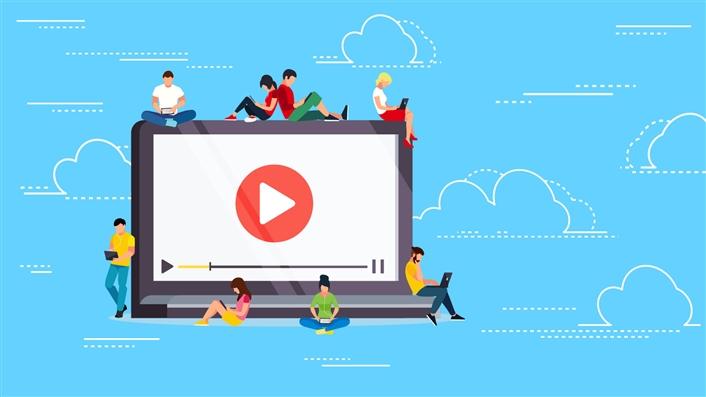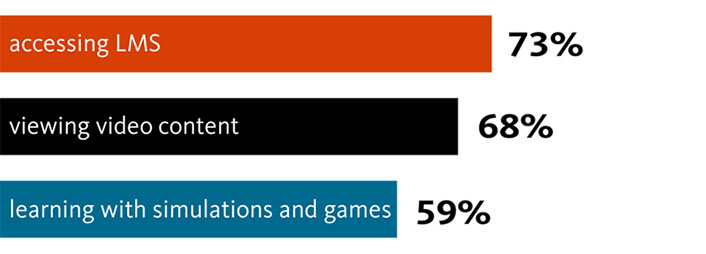Researchers at Oregon State University’s Ecampus share the results of a survey uncovering online students’ device preferences.

Have you ever wondered what devices students are using to access their online learning environments in higher education? As researchers at Oregon State University (OSU) Ecampus, our team certainly has—and we sought to uncover answers to this and other questions.
We were able to explore the topic of student device preferences in much greater depth through a recent collaboration of our research unit and multimedia team. We wanted to know, for example, if our online students owned or borrowed devices. We also wanted to know which devices they preferred to use for different course activities.
The multimedia developers at OSU Ecampus were very interested in device ownership, choices, and preferences because this information would impact course development efforts. For example, they wanted to better understand students' tablet and smartphone usage in order to inform their decisions about how to allocate staff time and other internal resources for current and future mobile development.
The OSU Ecampus Research Unit and multimedia team developed the following three central research questions:
- What is the range of devices that students use to access their online courses and view video or other multimedia?
- Why do students use certain devices to access their online courses and view video and other multimedia?
- Are the devices that students currently use the same as what they would consider to be ideal devices for viewing video and multimedia?
To help answer these questions, we created a 20-item online survey that was sent to OSU Ecampus students who had been enrolled in at least one fully online course at Oregon State University during winter or spring of 2017. OSU Ecampus comprises online students from all 50 states and more than 50 countries. Our 2,035 survey respondents reported taking an average of just under five online classes in the past year. Their average age was 28 years old, with a range of 18–66 years old. The sample included all class levels: undergraduate, graduate, and post-baccalaureate students.
We're excited to share the results of this research at the forthcoming 2019 EDUCAUSE Learning Initiative (ELI) Annual Meeting in February. Our presentation will provide a detailed discussion of the study's results, including student device ownership, device preferences for different purposes, and students' reasons for choosing preferred devices. Here's a quick preview.
Figure 1 below reveals the percentage of respondents who owned each of the device types. All but two of the 2,035 respondents reported owning a smartphone, and 99 percent owned laptops. The team was surprised that the smartphone and laptop ownership was so high among the respondents.

A key finding in this study was respondents' overwhelming ownership and use of laptops. As shown in figure 2, 73 percent of the respondents preferred laptops for accessing their online course via the learning management system (LMS). Majorities of respondents also preferred their laptops for viewing video content and learning with simulations and games.

We hope you'll join Ecampus Research Director Katie Linder for "Student Device Preferences for Online Multimedia" at the 2019 ELI Annual Meeting at 3:15 p.m. Wednesday, February 20, 2019. In addition to compelling data visualizations, the presentation will include other key findings and takeaways from the study and will highlight some of the reasons why students prefer different devices for different educational purposes. There will also be an opportunity for attendees to discuss how similar data may be useful for instructional designers and multimedia teams on their campuses.
For more information, see the full report, and consider registering today to attend the 2019 EDUCAUSE Learning Initiative Annual Meeting.
About the Oregon State University Ecampus Research Unit: The OSU Ecampus Research Unit makes research actionable through the creation of evidence-based resources related to effective online teaching, learning and program administration. The OSU Ecampus Research Unit is part of Oregon State Ecampus, the university's top-ranked online education provider.
Mary Ellen Dello Stritto is assistant director of research, Ecampus, at Oregon State University.
Kathryn Linder is director of research, Ecampus, at Oregon State University.
© 2019 Mary Ellen Dello Stritto and Kathryn Linder. The text of this work is licensed under a Creative Commons BY-NC-ND 4.0 International License.
